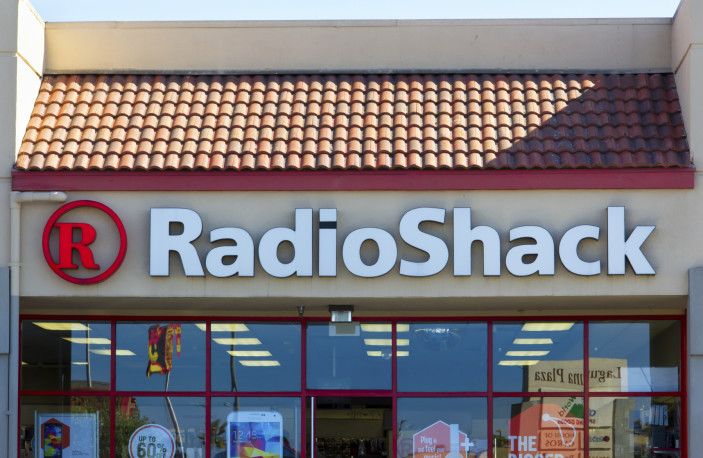The death of Radio Shack was recently reported in the Wall Street Journal. A venerable staple of do-it-yourselfers filed for bankruptcy after 52 years in business.
Lots of reasons were offered up for this failure. Everything from restrictive financing that wouldn’t allow it to close stores fast enough, to the slow erosion of leisure time that drove its customers to more off-the-shelf solutions. All of which were true.
But who is really to blame here, and more importantly, how can you keep it from happening to your business?
Radio Shack management agreed to the so-called restrictive financing. And while it may be true that when push came to shove, they had no choice, they did have a choice to make dramatic changes in the business long before push came to shove. But they chose the comfortable and convenient way out.
Always remember this: if you wait until push comes to shove, the game is already over.Lesson learned: don’t wait for push to shove to change your business model. Don’t turn a blind eye to what needs to be done just because doing it may not be all that convenient. In fact, what needs to be done is often sacrificed for what’s easiest to do – and that is to wait and hope. Don’t fall into that trap.
Wait and hope is not a good business strategy. Wait and hope is a failure strategy. Teddy Roosevelt famously said, “In any moment of decision, the best thing you can do is the right thing, the next best thing is the wrong thing, and the worst thing you can do is nothing”.
And while Radio Shack did “something”, it wasn’t much better than “nothing”. Let’s look at what it did do. It rebranded itself to “The Shack”. Great, but who cared? And as I have written before, rebranding is not a business strategy. The business itself needs to change before you tell the world about it with rebranding. Radio Shack reversed the order, as so many businesses do when they rebrand. They advertised what they “want to be when they grow up”, and figured they could grow up later.
It opened 40 so called concept stores that featured sound technology, such as Beats headphones. Sounds a lot like a “me-too” strategy. And finally, it turned to the financial markets for more money to use on the same old tired Radio Shack business model.
The real problem was the business model was tired and old. But it didn’t get that way overnight – it took decades, but Radio Shack didn’t see it because it came slowly and insidiously. And when they did see it, they probably concluded a major overhaul of the model would have been scary, uncomfortable and inconvenient. And it would have been – but so is going belly up.
Is the relevance of your business model slowly and insidiously deteriorating? Are you doing “nothing” because doing the “right” thing would be scary, inconvenient and uncomfortable?
